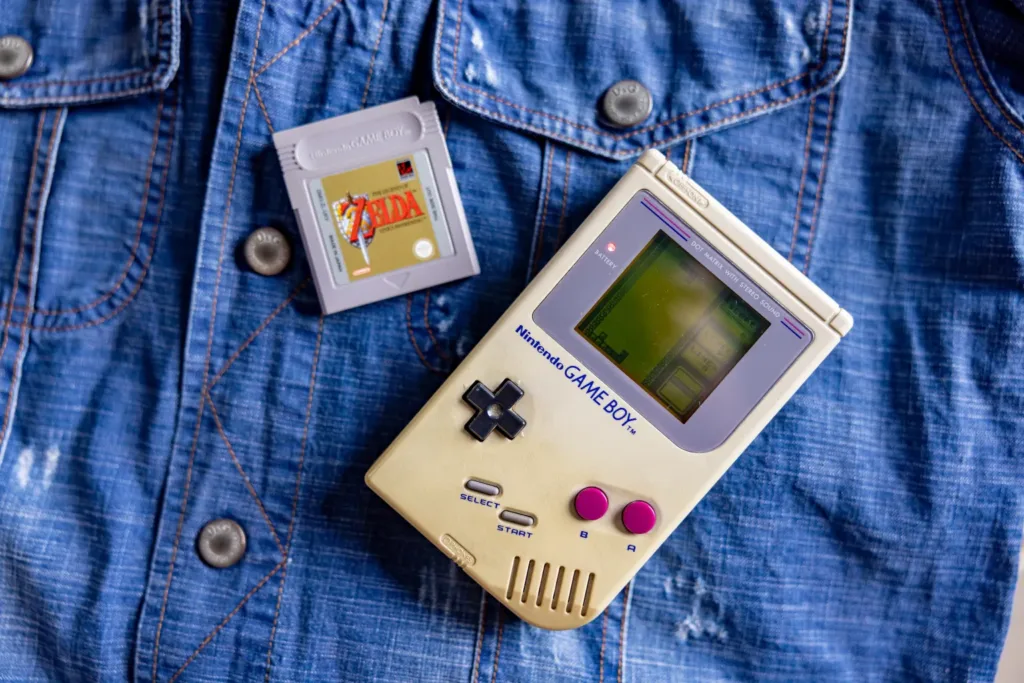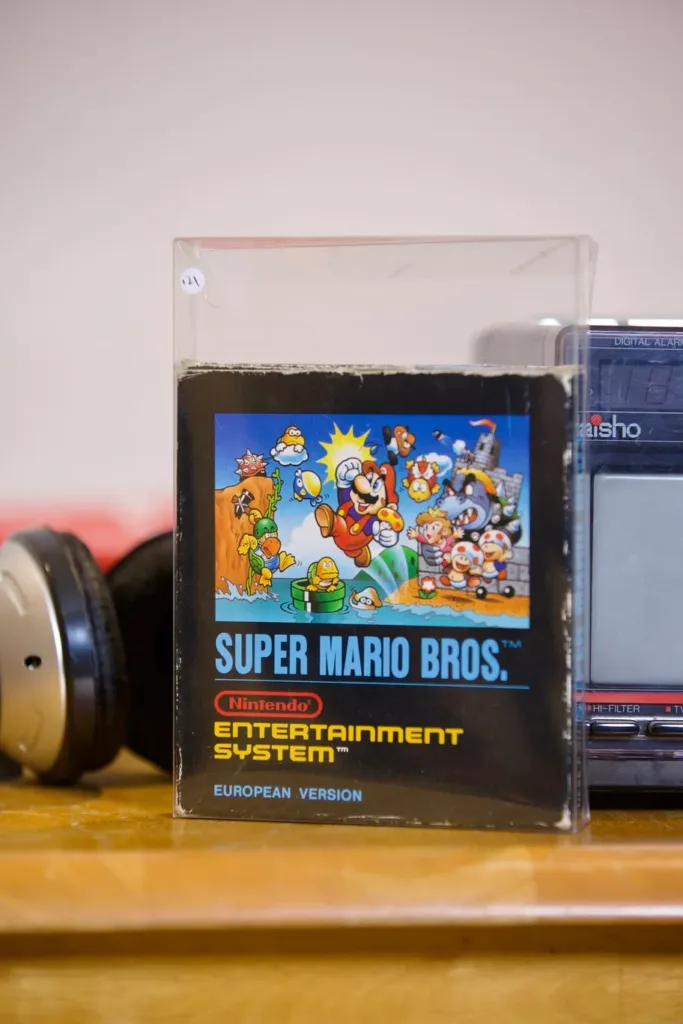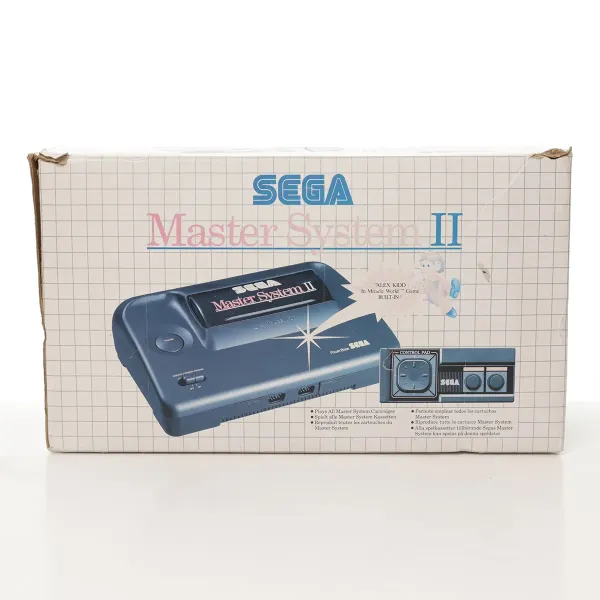
Retro gaming isn’t just nostalgia anymore. It’s rebellion.
When Ubisoft shut down The Crew in 2024, thousands of players woke up to find the game they’d paid for — gone. No workaround, no offline mode, no preservation. It just vanished.
That wasn’t a one-off. Just last year Sony pulled the plug on its live-service shooter Concord only a fortnight after it released.
Today’s gaming landscape is built on convenience — instant downloads, cloud saves, subscription libraries — but also fragility. Servers die, updates break things, and ownership is replaced by access. And that’s exactly why in recent years more players have been turning back the clock, rediscovering the permanence and personality of classic consoles, cartridges, and discs.
The Digital Dilemma
It’s no secret that gaming has changed. Once upon a time, you could buy a game, slide the cartridge in, and play. No updates. No pop-ups. No terms and conditions to scroll through before level one.
Now? Games arrive broken and get fixed later — if ever. They’re tethered to online servers, loaded with microtransactions, and buried in subscription menus. The “Games as a Service” model has turned play into a product lifecycle. Even single-player titles aren’t safe; if a publisher shuts down support, your digital library can evaporate overnight.
And for players who grew up blowing dust out of cartridges or swapping discs with friends, that feels like a betrayal. The joy of gaming used to be simple — physical, self-contained, and, crucially, yours.
The problem with this digital world, which is becoming increasingly popular in mainstream gaming, is that you don’t own what you’re buying. It’s merely a licence to play, and that licence can be revoked.
Gaming is in a sticky phase of physical VS digital, and while it could be a coin toss to see which one is going to win out in the long run, this fight has led to a surge in people looking to the past.

The Rise of the Retro Renaissance
That loss of permanence has lit a fire under a whole new generation of gamers — and reawakened the old ones.
Retro gaming has exploded in the past five years. From flea markets to Facebook groups, vintage consoles and boxed games are trading hands at a rate unseen since the early 2000s. GameCube prices are exploding. CRT TVs are being pulled from skips and sold for hundreds. Nintendo DS and 3DS titles — once seen as disposable — now fetch collector’s prices since the eShop closed in 2023. When the Daily Mirror is writing articles about digging around in your loft for old games that are now worth a few quid, you know this isn’t just some small shift.
It’s not just nostalgia. It’s a hunger for tactility.
There’s something about the click of a cartridge or the clamshell of a PS2 case that digital downloads can’t replicate. Manuals (remember those!?) that smell like history. Cover art that feels like a time capsule.
Social media has only amplified this movement. YouTube channels like MetalJesusRocks, and My Life in Gaming have turned collecting into community. TikTokers show off thrifted Game Boys, modded Dreamcasts, and colour-matched shelves of Sega nostalgia. And at conventions, the lines blur — collectors, players, and preservationists all coming together to celebrate something modern gaming can’t quite give them: ownership with soul.
The Collector’s Mindset
For collectors, retro games aren’t just entertainment — they’re artefacts. They represent a time when creativity wasn’t bound by algorithms, when innovation came from limitations, and when the phrase “DLC” (for the uninformed, that means downloadable content) hadn’t yet been invented.
Physical media gives you something to hold, trade, and share. It carries history. Each sticker, crease, and faded barcode tells a story — who played it, how much they loved it, and where it’s been.
And just like vinyl, that tactile connection is driving a new market. Collectors chase complete-in-box editions, rare imports, and even sealed copies of classics like Super Mario 64 or Final Fantasy VII. But for most, it’s not about investment. It’s about connection.
Because when you slide a cartridge into an SNES or boot up a scratched PS1 disc, you’re not just playing a game — you’re holding a piece of gaming history that still works. No updates required.

Starting Your Own Retro Collection
Thinking of diving in? Here’s how to get started without falling down the rabbit hole — or at least, not too fast.
- Pick Your Nostalgia Point
Start with the consoles or games you grew up with. Your first PlayStation, the DS that saw you through school, the N64 you played at your mate’s house — that’s where the magic is. There’s bound to be an old game from childhood that you still have fond memories of. Start there. - Research Value and Condition
The retro market’s full of fakes, so it pays to do a little homework. Complete-in-box (CIB) copies hold value best, but even loose cartridges can be gems. Look out for clean labels, official markings, and working save batteries. - Beware the Repros
Some reproductionss are great for playing — not so great for collecting. Learn to spot fake labels or new plastic casings. When in doubt, ask the community — Reddit and Discord groups are packed with experts happy to help. You can even reach out to us, we’ll be happy to lend a hand. - Store Carefully
Sunlight fades covers. Humidity kills carts. Keep games upright, in cool dry places, and use sleeves where you can. Treat them like mini time machines. - Play Them!
Don’t fall into the trap of sealing everything away. The joy of retro gaming is that it still works, decades later. The click, the hum, the boot-up screen — that’s where the nostalgia hits hardest.
Re-Loving the Games That Last
Maybe that’s why collecting feels so right at this moment in time. When so much of culture is fleeting, finding something built to last — even if it’s a 25-year-old console — feels like rebellion and comfort all at once.
Retro gaming isn’t just about looking back. It’s about taking control. Owning something real. Preserving creativity before it disappears behind another login screen.
And maybe that’s the biggest twist of all:
In the race to make gaming more digital, the industry accidentally reminded us what we really loved about it in the first place.
For more insight and helpful content, head over to the rest of Word on the Street, or check out our Instagram. And if you need help spotting fakes, we can help with that too.






Add comment